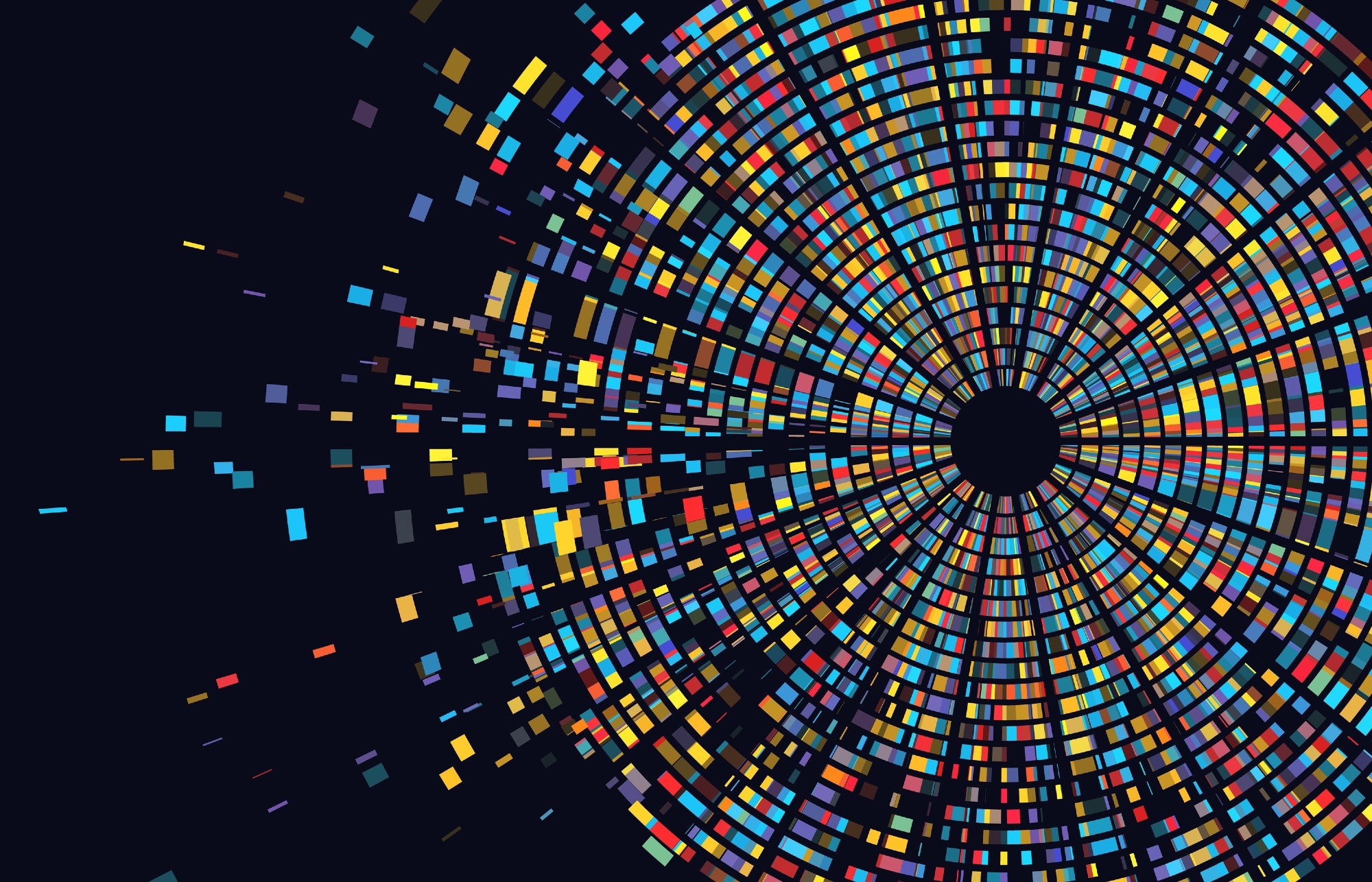Researchers from Japan’s RIKEN Center for Integrative Medical Sciences, working with colleagues from all over the world, found that recombinations of particular genomic sequences, which are reproduced millions of times in the genome of each human cell, are common in both normal and disease states.

Image Credit: Tartila/Shutterstock.com
Recognizing the factors that can lead to this plethora of recombinations encompassing “junk” DNA sequences may be essential to understanding how human cells develop and what can make them unhealthy.
Soon after the discovery of DNA, it was long assumed that all the human cells shared the same genetic code, which was securely protected within the nucleus. Contemporary advances in DNA sequencing, however, have called this view into question: researchers now know that mutations accumulate in the genomes of single cells beginning in the very initial phases of development. The magnitude of this phenomenon and how it relates to disease are not well acknowledged.
The study’s authors, published in Cell, glanced at some repeated genomic sequences named Alu and L1 and devised a technique to investigate the specific DNA sequences that are replicated millions of times in each cell’s genome. It was already known that they recombined, resulting in mutations that are frequently found in cancer and other genetic disorders.
The scientists found millions of DNA mutations caused by the recombination of these repetitive sequences by analyzing the DNA of disease-free donors, and they also found that distinct tissues in the body have various recombination signatures.
The researchers also discovered that the distinction of human stem cells into neuronal cells is associated with unique modifications in repeat sequence recombination. This suggests that this type of DNA mutation may be a physiological phenomenon in human development.
Finally, the researchers investigated the recombination of repetitive sequences in samples from people suffering from Alzheimer’s and Parkinson’s diseases, the two most common neurodegenerative diseases in advanced economies.
They discovered recombination signatures that are unique to each disease, implying that genomic recombinations caused by these repetitive sequences are connected to brain diseases.
We have shown in this study that the recombination of repeat elements in the human genome is a widespread phenomenon that contributes to the complex constellation of genomic variants making up our genomes.”
Giovanni Pascarella, Study First Author, RIKEN
As per Piero Carninci, Principal Investigator and co-corresponding author of the study, “We hypothesize that it might be that random recombinations of Alu and LI in somatic cells may occasionally prime the genome of individual cells at vulnerable sites and drive the transition from healthy to pathological states.”
“However,” he continues, “what is difficult to know at this point is to determine whether the recombinations in disease are truly causative or if they are effects of the disease state. Further studies need to be done to understand this important question.”
Source:
Journal reference:
Pascarella, G., et al. (2022) Recombination of repeat elements generates somatic complexity in human genomes. Cell. doi.org/10.1016/j.cell.2022.06.032.